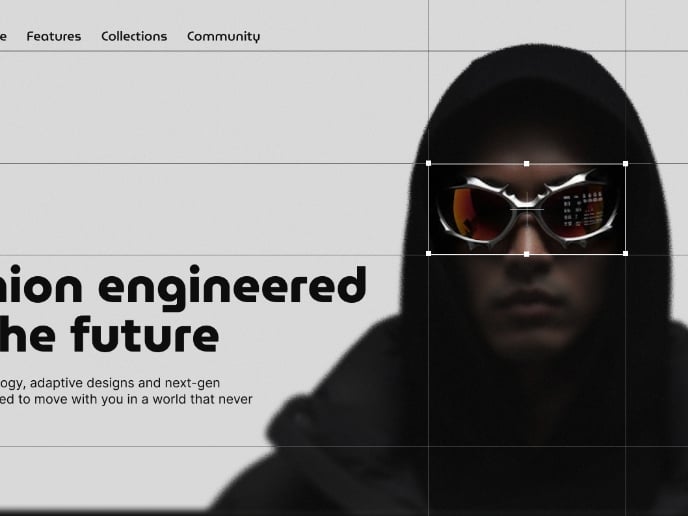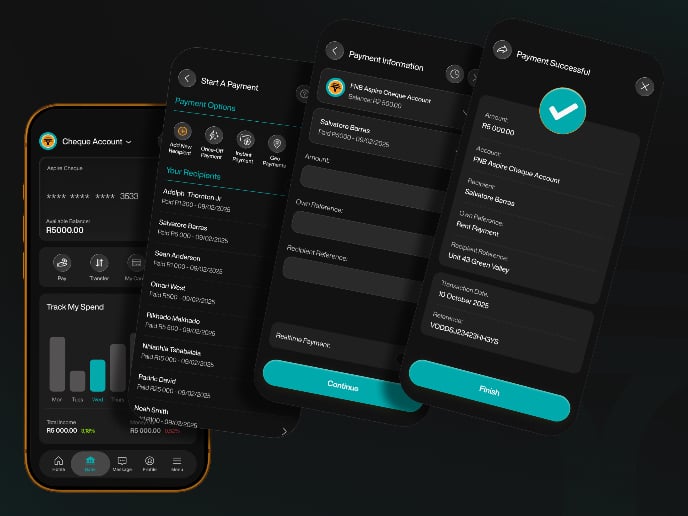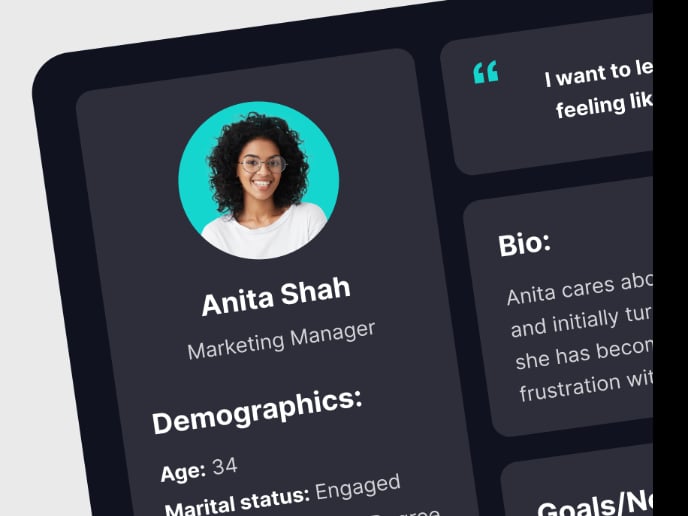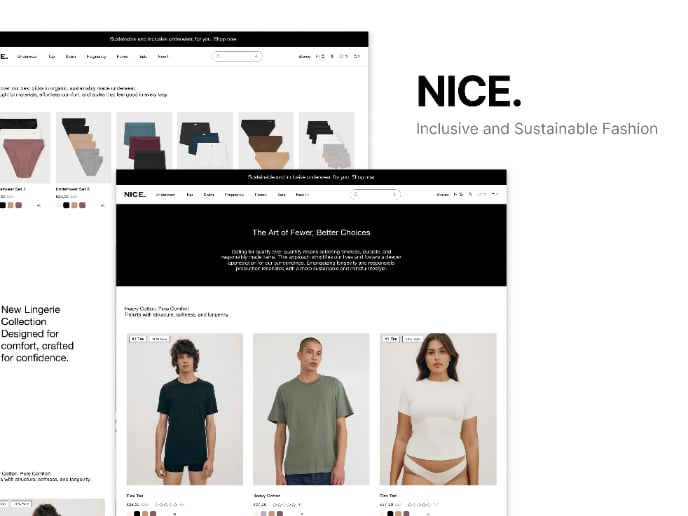🧡 Empathy Map
So I decided to treat this challenge as a chance to try to prove what an evidence-driven empathy map actually looks like with an LLM.
UX Artifacts
- 'Deep Research project' (GhatGPT)
- FREE Template for Empathy Map + AI Prompts that I've created (FigJam)
- The actual Empathy Map with all the content from the Deep Research Project (FigJam)
1. Defining the Real Problem
The financial space is huge, so I narrowed the target to something meaningful:
Young professionals in Sweden with mixed or irregular income.
Why them?
Because they live in a constant push-pull between:
- salary + gig income
- predictable bills + unpredictable inflows
- wanting stability + lacking clarity
And their emotional world is tightly linked to financial volatility.
This is the kind of user where a sloppy empathy map will mislead entire product teams.
2. Deep Research: With the intent to achieve zero-assumption(s)
Instead of guessing feelings, I treated this like a real project:
- Cash-flow volatility patterns
- Emotional drivers behind avoidance and anxiety
- BankID culture in Sweden
- Compliance constraints (MiFID II, AML/KYC)
- Cognitive load created by financial dashboards
- Trust dynamics in fintech
Then I set a simple rule for the synthesis:
If RAG/LLM can't find evidence, it doesn’t go on the map.
No assumptions. No clichés. No fluff.
And I think everyone that is a real UXR now want's to scream in face... I with all
3. Turning Research Into a Real Empathy Map
I then built the empathy map strictly from the research:
🟦 Observations
Uneven income chunks.
Spreadsheets everywhere.
Avoiding the app when ashamed.
Confusing categories.
BankID friction.
❤️ Feelings
Anxiety when income is late.
Stress when bills land early.
Overwhelm from dashboards.
Shame around money.
🟩 Gains
Feeling calm checking finances.
A plan that works despite volatility.
Less tool-switching.
Small but steady savings.
🟥 Pain Points
Compliance-driven guesswork.
Data breach fears.
Cognitive overload.
Mismatch between income timing and bill deadlines.
The final map wasn’t pretty — it was honest.
4. Making the User Human: The Avatar
To avoid the classic stock-photo persona trap, I created a scribbled, hand-drawn avatar shaped by the map, that I let ChatGPT create:
- Slightly anxious eyes
- Tired expression from cognitive load
- Neutral, understated clothing
- Glasses and a satchel: practical, not performative
A character that hopefully feels real, and not manufactured.
This sketch became the emotional anchor for the work.
5. What This Revealed (and Why It Matters)
Once everything was mapped, four strategic truths emerged:
- These users don’t need more features; they need clarity. Dashboards amplify anxiety if they don’t reduce cognitive load.
- Trust is a design constraint, not a marketing message. Data breaches, vague suggestions, and categorization errors destroy it fast.
- Timing is the hidden villain. Bills and income rarely sync; every financial emotion traces back to this.
- One-size-fits-all products don’t work for irregular earners. They need adaptive complexity, not more charts.
These insights shape roadmap, UX strategy, and product direction.
6. Final Reflection
What started as a quick Uxcel exercise became a reminder of something essential:
Empathy maps aren’t about being creative.
They’re about being accountable.
- To the user.
- To the team.
- To the truth
All of which becomes tricky if I let LLM/RAG do all the heavy lifting and don't emerge myself into the work and the research. How do I validate the output from AI? When I've done trial runs with these types of research projects and I have a client who has both a breadth & depth in the domain knowledge; usually they are very quick to point out app. 40-60% wrongful output by the AI...
Which should always raise the question: How much can I really trust the LLM output?
Usually how I work with it in UX teams, is that I conduct RAG (Retrieval-Augmented Generation | basically ChatGPT Deep Research) projects, prompt engineer prompts as seen in the shared ChatGPT link, populare the content onto FigJam boards, Notion/Google Excel spreadsheets; whether it is an empathy map, user journey mapping or other artefacts. Then I force everyone to start comment inside of that artefact, hence creating a battleground between educating stakeholders who aren't familiar with the UX & Design Thinking Methodology and letting the same stakeholders educating me in their domain, under what defined assumptions so to speak; hence kinda creating a communication framework - SO NOT UXR in it's true sense.
And the second we can afford a dedicated UXR, let them take over everything and at the same time let them roast me for how bad my research & insight creation has been conducted. 🫣 😉 😂
And when they start conducting the roast, that is the part where I would play Shaggy - It Wasn't Me 😇
Tools used
From brief
Topics
Share
Reviews
0 reviews
You might also like

Vantyx | Tech-fashion landing page

The Tiles app

Banking App Pay Flow Redesign

BlaBla Business Manager

Linkedin Mobile App - Engagement Decline

Nice. Underwear.
Design Leadership Courses

UX Design Foundations

Introduction to Figma










